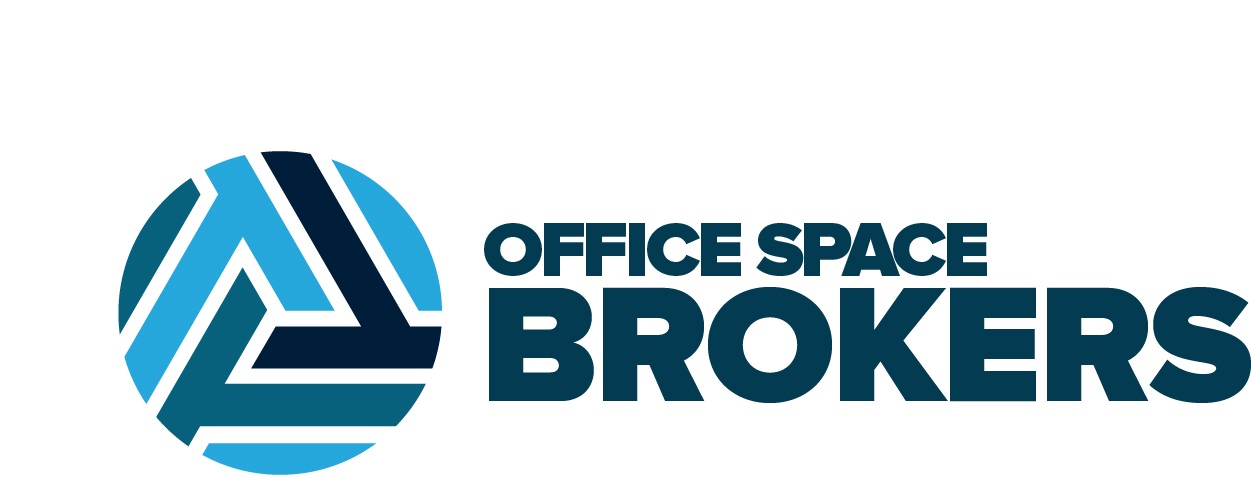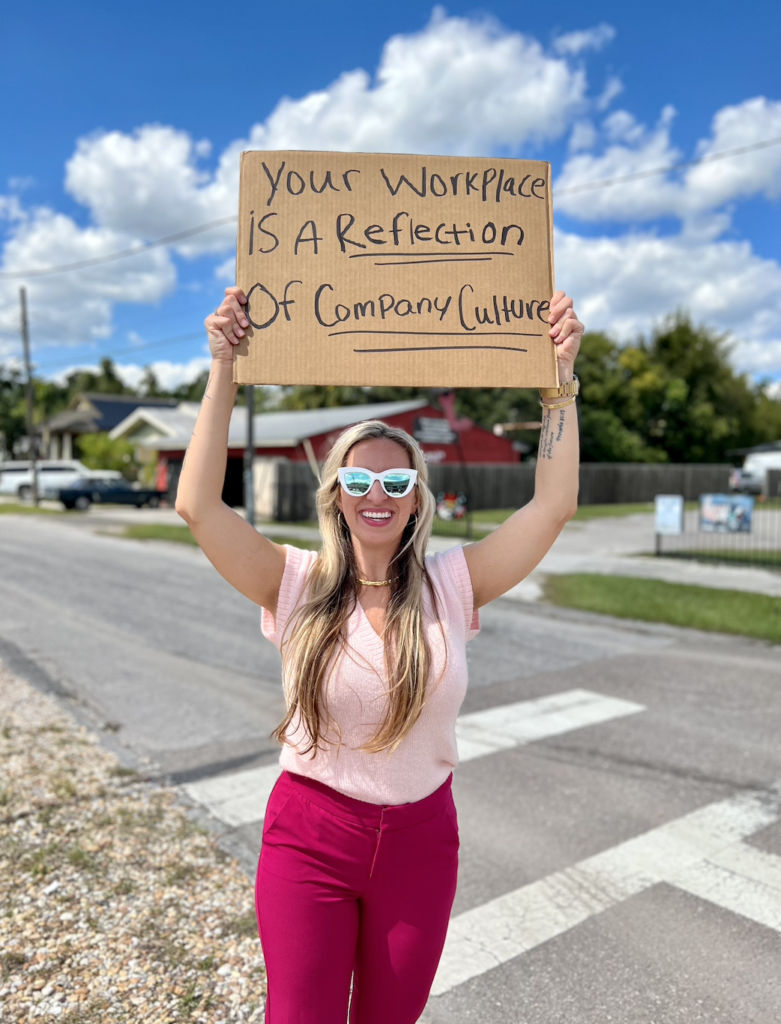
When people switch to working from home, which momentarily can boost the quantity of work they accomplish each day, work-from-home (WFH) employment cannot provide the real benefits of face-to-face interaction, such as learning and new long-term connections. The benefits of in-person work on productivity are better long-term as opposed to the short-term gains from working more at home for potentially unsustainable periods. In-person work stimulates invention. The one-time benefit from the time saved on commutes will be swiftly outpaced by an even slightly greater growth rate once workers return to their offices.
Members of the Team have Less Human Interaction.
Not everyone wants to be “besties” with their colleagues and treat their work for work only; however, according to Business Insider interaction helps in providing a productive and enjoyable environment. It’s also a social setting in which employees get to know one another, have casual chats, bounce ideas off one another, connect as a team, and come to appreciate the business culture. Even when you are no longer obligated to attend the monthly standup meeting physically, you might not know how much you’ll miss those free workplace coffees.
Low Employee Morale
Building relationships with coworkers is more difficult while working from home. There are fewer chances for chance meetings or social gatherings like lunches, and happy hours.
Inability to Focus
While some professionals find the home environment conducive to concentration and productivity, others are overwhelmed with distractions: children wanting attention, spouses, and roommates interfering, and street sounds boring into the awareness.
Overworking Dangers
The possibility of working more hours than necessary exists when you telecommute. Burnout and increased work-related stress are unquestionably consequences of this. This may be prevented by carefully outlining your calendar and allotting certain work and personal responsibilities periods. For some people, having a designated workspace where you can leave when the workday is done is essential.




